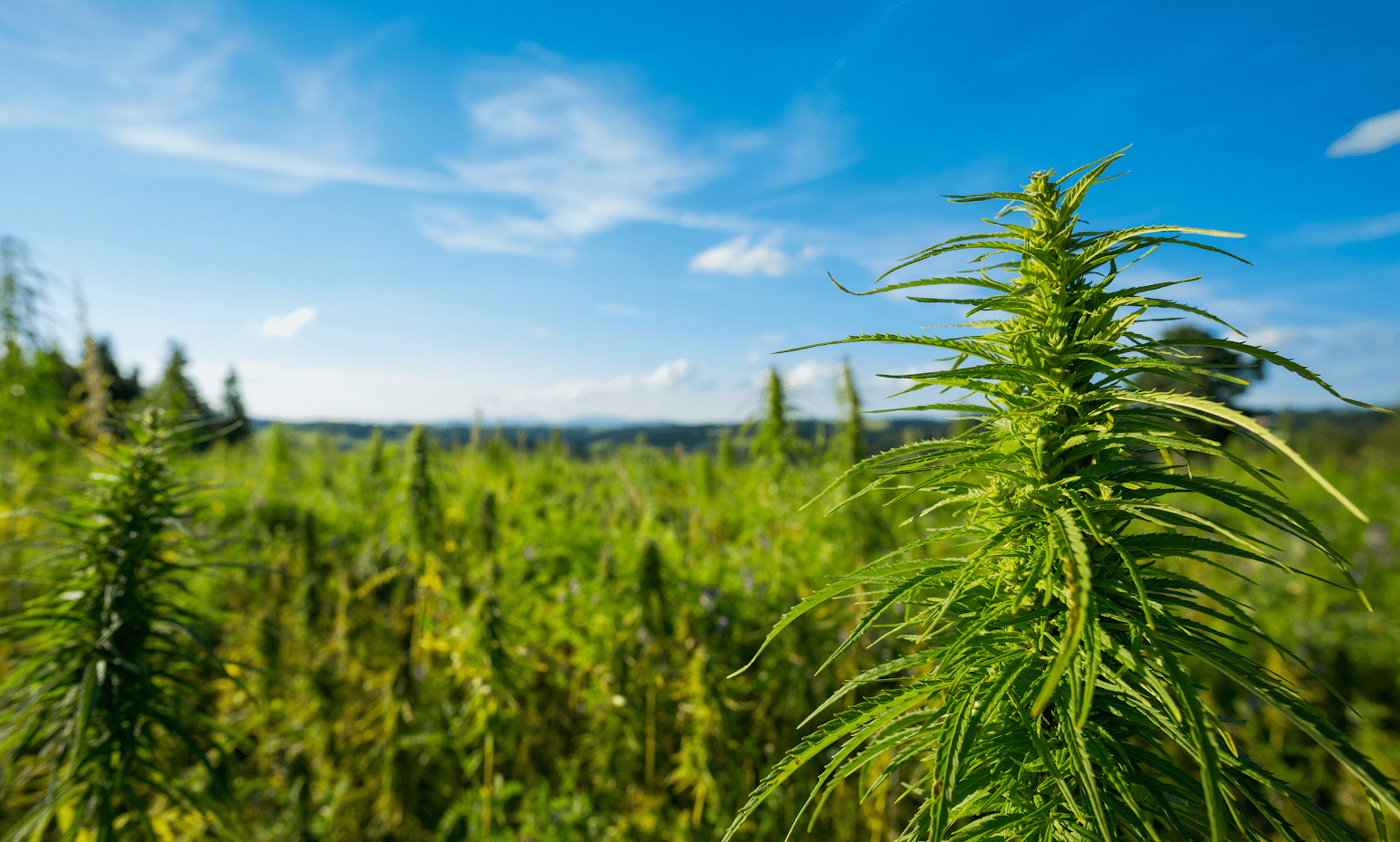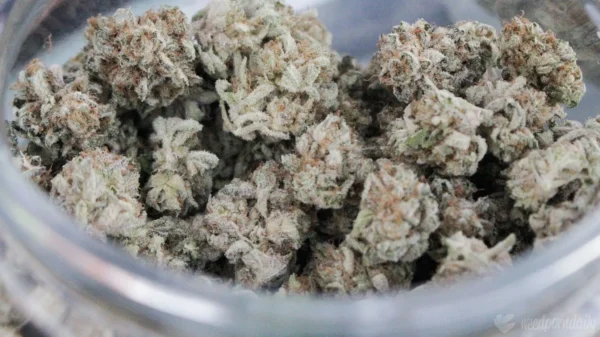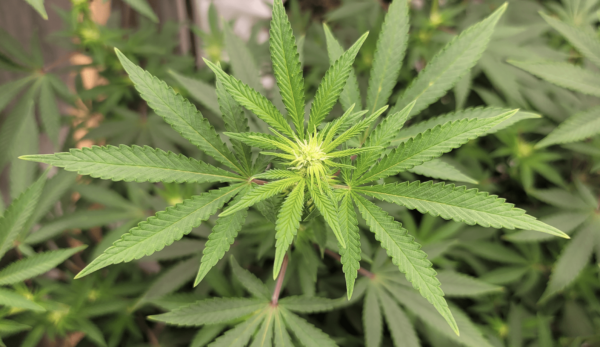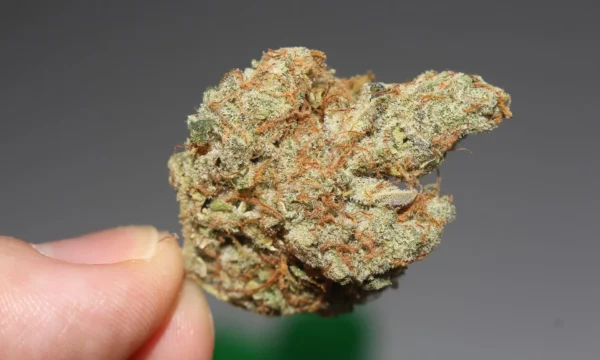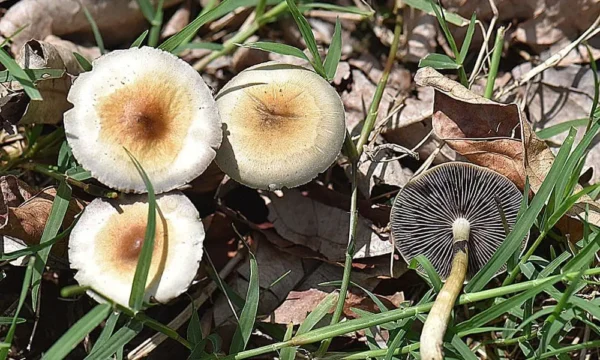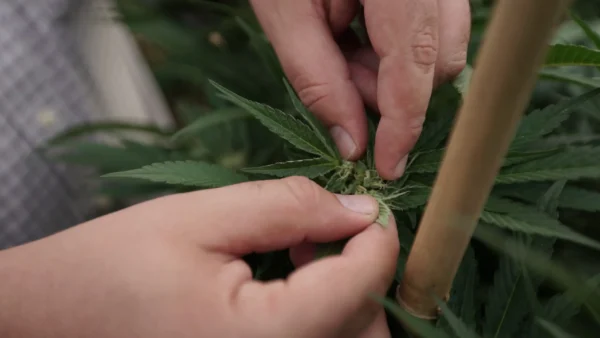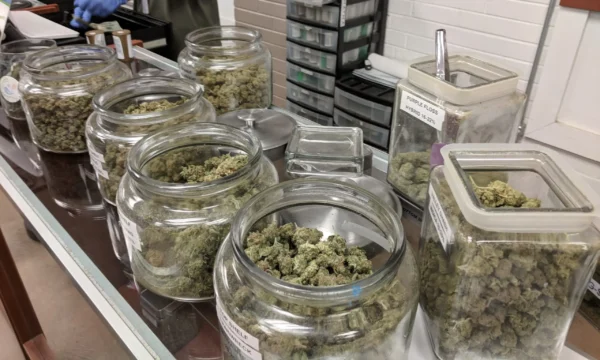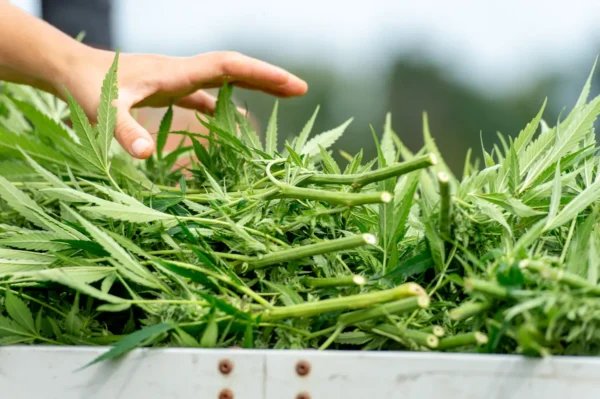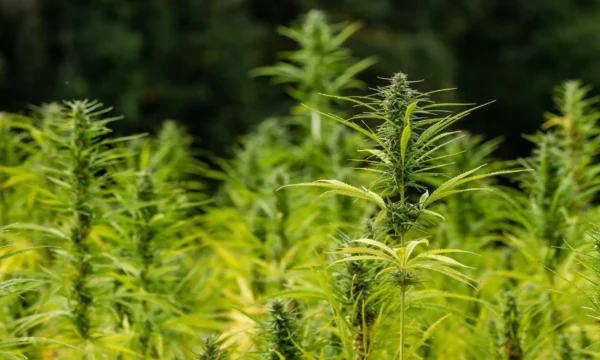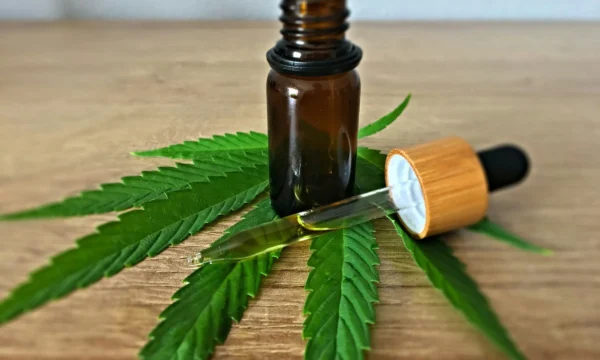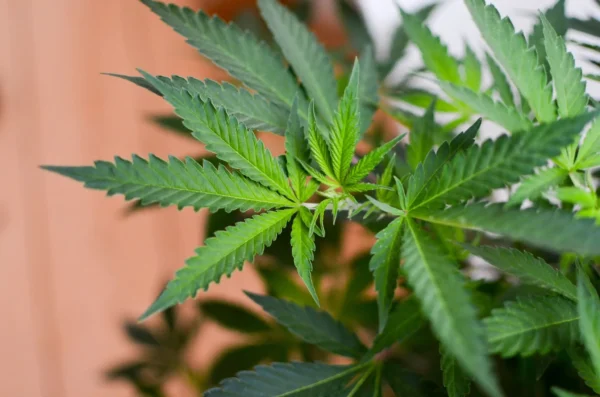Kentucky Cultivator Harvests State’s First Medical Marijuana Crop As Governor Predicts Farmers Will ‘Grow A Whole Lot More’
Kentucky medical marijuana harvest arrives, and the smell of a new market is already creeping under the door. After years of hand-wringing and half-measures, a state cultivator just pulled down the first legal crop, and regulators say patients could see product by November if the gears keep turning. Cannon Armstrong, the state’s Office of Medical Cannabis chief, didn’t do fanfare, just timelines—cautious, real, and close enough to taste. He said one licensed grower completed its first harvest and, from here, it’s on the cultivator to move product into the supply chain and onto dispensary shelves. In a state where aging bourbon is an art and seasons dictate the pace, this is the moment the cannabis rollout becomes more than speeches and hope. It’s tangible. It’s trimmed. It’s curing. And for Kentuckians battling pain, PTSD, and the daily grind of serious conditions, this isn’t policy—it’s relief. The market still needs inspections, labels, tested batches, and the usual bureaucratic choreography, but the tone has shifted from if to when, with officials signaling patient access before year’s end, and local news confirming the hopeful November window here.
Scale, speed, and a promise to “grow a whole lot more”
Governor Andy Beshear kept it plain: the medical cannabis market is ramping, and Kentucky’s cultivators are about to plant bigger and move faster. He spotlighted a heavyweight—Natural State GreenGrass CannaCo—greenlit to start cultivation at a tier III facility, one of the largest operations in the commonwealth. Think 25,000 square feet of canopy once fully expanded, an indoor acreage humming with lights, HVAC, and the unmistakable scent of green ambition. The governor’s pitch wasn’t just cheerleading; it was an update from a state finally past the wishful-thinking stage and into steel-and-concrete reality. He framed access as health policy and public safety: legal medical products bringing patients into the light and siphoning demand from the illicit market. If you want the official cadence, it’s worth hearing in his own words on the state’s channel here. And if you prefer the straight feed, the governor’s briefing segment sits below—no gloss, just the stakes and the schedule.
From cured flower to cardholders: the last-mile grind
This is the mundane, necessary part of a legal cannabis rollout—the part that never makes a campaign ad. Dispensaries need product on-site to complete inspections. Processors must stand up lines. Labs have to calibrate instruments and lock in methods so every label means something. Health practitioners have already started assessing patients for recommendations, creating a small queue of people waiting for a counter that’s still being built. Implementation took longer than officials wanted; they’ve said as much. To soften the lag, the state moved to waive renewal fees for patients who register this year and kept protections in place for those who sourced state-legal medical cannabis across the border while Kentucky’s shelves sat empty. Meanwhile, local opt-ins have spread like wildfire—over a hundred communities voted to allow businesses in their backyard—so the legal cannabis map no longer looks like a game of whack-a-mole. The anatomy of the final sprint looks like this:
- Testing labs and processors finalize operations to move flower into finished, labeled products.
- Dispensaries complete inspections with shelf-ready inventory on site.
- Supply chains link cultivators to retailers with track-and-trace guardrails.
- Physicians and patients transition from paper promises to real pickups.
In parallel, research keeps nudging the conversation from stigma to science—new cannabinoids and formulations are shaping tomorrow’s topicals and tinctures, from neuroprotective angles to dermal care breakthroughs, as noted in Scientists Discover New Cannabis Compound With ‘Remarkable Antioxidant And Skin Anti-Inflammatory’ Benefits.
The federal crosswind: rescheduling hopes, culture-war headwinds
Beshear has been blunt about the bigger picture: rescheduling cannabis under federal law would unlock research, normalize medical access, and tamp down the illicit market. He’s urged the White House to let the process play out instead of turning reform into another political football. Yet even as Kentucky loosens its grip on prohibition, federal rules still bite. Patients who follow state law can find themselves on the wrong side of federal gun ownership restrictions. That tension—state permission colliding with federal prohibition—isn’t abstract; it lands at kitchen tables where people weigh medicine against rights. Meanwhile, the drumbeat from certain corners of D.C. frames cannabis with a throwback vocabulary that feels increasingly detached from on-the-ground reality, as summarized in Feds say cannabis is a “deadly” drug (Newsletter: October 2, 2025). Kentucky’s approach—a patient-first rollout, expedited licensing, clear timelines—reads like a rebuttal written in pragmatism rather than press releases.
Lessons from other states: labor, ownership, and the cost of doing it right
Legal cannabis is a patchwork quilt. Every square is stitched by a different legislature, a different set of anxieties. Kentucky’s late start may be a blessing—there are cautionary tales everywhere. Labor protections matter; building an industry on the cheap comes back to bite. Just ask officials in the Pacific Northwest still litigating voter-approved standards, as seen in Oregon Officials Ask Federal Court To Reverse Ruling That Blocked Marijuana Industry Labor Law Approved By Voters. Ownership models matter too; medical programs can stagnate without sustainable business structures, which is why policy shifts—like allowing nonprofit dispensaries to convert—draw attention beyond their borders, as in New Hampshire Lawmakers Approve Bill To Let Medical Marijuana Dispensaries Convert To For-Profit Businesses. Kentucky’s best path is simple but not easy: protect patients, pay workers, test everything, keep prices honest, and let farmers do what they do best. The first Kentucky medical marijuana harvest is proof the engine turns; now it needs fuel, fairness, and a steady hand. If you’re ready to explore compliant THCA options while the Bluegrass market finds its rhythm, step into our shop here.





